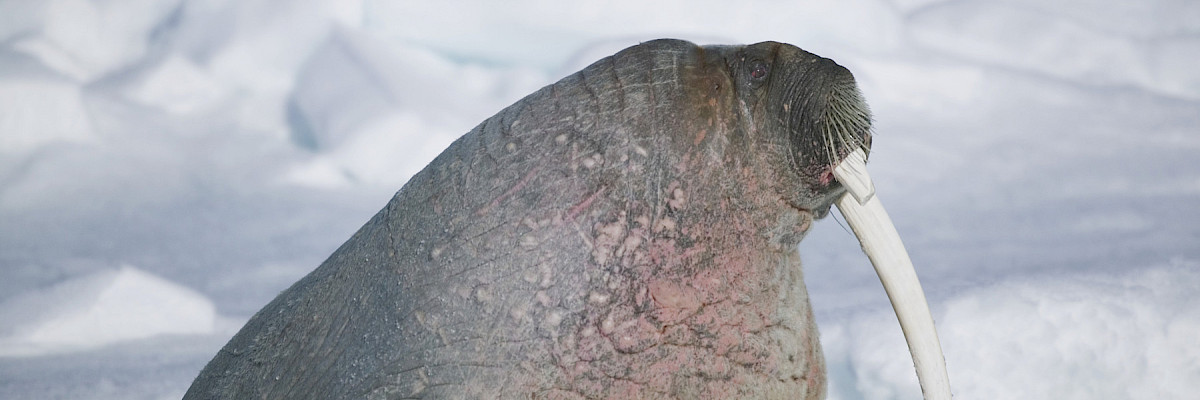
Other Effective Area-based Conservation Measures (OECM) in the Arctic
OECM is a conservation designation for areas that are achieving the effective in-situ conservation of biodiversity outside of protected areas.
The project will provide an overview of the current range and understanding of international and national criteria used for identification of “Other Effective Area-Based Conservation Measures” (OECMs) in the Arctic. The project will also facilitate an exchange of information among the Arctic Council members on the range of information and application of OECMs.
Related to the discussion on OECMs, Indigenous peoples also have an important role in advancing biodiversity conservation, sustainable marine management and the protection of cultural heritage. These outcomes may be achieved in a variety of ways, by using locally implemented sustainable management practices or approaches which result in the safeguarding of the environment and resources, or through more formal tools, such as the Indigenous Protected and Conserved Areas (IPCA) concept.
The role of Indigenous sustainable management practices, including IPCAs, and other Indigenous stewardship measures, and their contribution to effective marine stewardship will be explored in the Arctic context through this project, and could be expanded upon in future work by the Arctic Council.
The project will be implemented by CAFF/PAME through a joint steering committee to be established to guide the work.
Main activities:
- Gather existing sources on OECM criteria and Arctic State’s approaches to identifying OECMs, and relevant case studies. Provide relevant updated information on OECM’s to the PAME/CAFF Indicator report revision (spring 2021);
- Develop a report, based on the results gathered, which would include an overview of OECM criteria and application in the Arctic context, and Arctic relevant case studies; and,
- Convene a workshop or session at the 2022 IMPAC V Congress in Vancouver (potentially in partnership with the Convention on Biological Diversity (CBD) Secretariat/others) to bring together Arctic marine conservation practitioners and managers to share information on the application of OECMs in the Arctic.
Key Objectives:
- Provide a general description of how OECMs have been or are being applied in the Arctic, and an overview of the criteria used internationally to define OECMs.
- Provide an overview of Indigenous peoples sustainable management practices and related material through review of literature that has been developed by Indigenous organizations and Peoples.
- Ensure consistent and updated references on OECMs within the updated PAME/CAFF Status and Trends in Arctic Conservation Measures report.
- Facilitate a dialogue about how Arctic Council members are interpreting and applying the CBD’s OECM definition in the Arctic, as applicable.
- Explore opportunities for OECMs to contribute to effective conservation of biodiversity and associated values in Arctic-specific contexts, including as part of a pan-Arctic network of marine protected areas.
- Contribute a reference report on OECMs to the PAME MPA networks Toolbox.
Lead Working Groups
CAFFPAME
Lead Arctic States & Permanent Participants
CanadaThe Kingdom of Denmark
The United States
 Arctic Council Working Group
Arctic Council Working Group